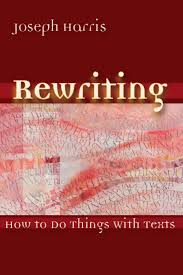Happy finals week everyone! This week, we’re going to share an English funny. We found these videos (of course on YouTube) that made us giggle ourselves silly. In honor of finals week, here’s a few videos to take some stress out.
Captain Literally – Part 1
There are about 5 videos that feature Captain Literally; if you follow the YouTube suggestions you should find them all (1-4 + Captain Literally Returns).
Captain Irony
Here, Captain Irony gets some friends: Captain Irony, the Nuclear Ninja, and the Good and Well Twins.
The Grammar Avengers
Speaks for itself. The Grammar Avengers are called up.
(Studio C is a sketch comedy group. The Doorstep 1 and 2, Lady Shadow, Bashful E-mail, and International Relations are a great place to start if you’re looking to explore Studio C.)
And finally, here is a BatDad Vine stressing the importance of their, they’re, and there.
Good luck on finals and don’t stress too much.
Happy Writing
